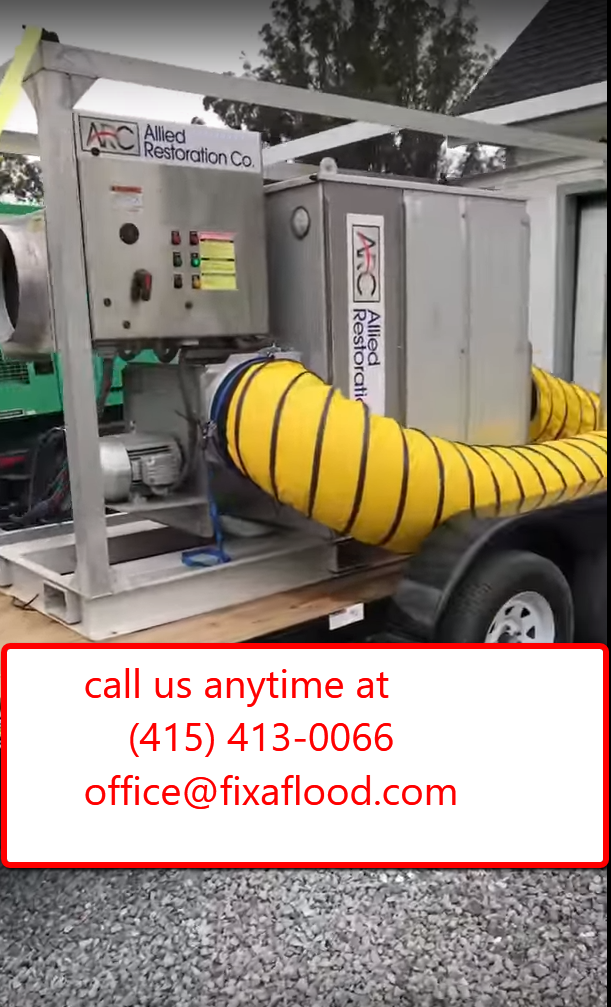Mold and mildew are issues that shouldn’t be taken lightly. These pesky fungi inhabit spaces that are moist, humid, and have little light exposure. Since it is a fungus, mold can cause a host of unwanted problems for exposed individuals. The symptoms can be as mild as chronic sneezing to as serious as full-on asthma attacks and neurological symptoms. Once mold reaches an uncontrolled limit, endangered individuals could experience breathing problems.
Common Forms of Mold
Mold found in the home generally falls into three categories: Aspergillus, Cladosporium, and Stachybotrys. The first, Aspergillus, is the fluffy white mold found on expired fruits or in HVAC systems. Cladosporium comes in either black or green and usually forms where surfaces attract moisture. Common ones are toilets or in the creases of a bathtub. This particular mold is responsible for triggering allergies and sinuses. Finally, Stachybotrys is infamous for stirring quite the commotion. Many nicknames this fungus as “black mold” due to its cluster like black spores. When this mold is present, likely a previous water problem created excessive damage. Usually, flooding left untreated could attribute to the development of this mold.
Because of the dangers mold presents, most people take immediate action when they perceive possible water damage to a home or construction site. Although getting rid of mold is quite the production, many contractors seek preventative methods in order to control the production of mold. Dehumidifiers and water extractors are the most common tools used to eliminate excess water that can lead to mold. Let’s consider the characteristics of these appliances.
Water Extractors
When a flood occurs, there are several ways to consider how to solve the problem. Water extractors work to vacuum excessive water from an enclosed area. Many are equipped with various sized waste tanks that can be filled up to 12 gallons. This makes cleanup easier and reduces the chance of mold growth. In addition, water extractors even work to eliminate certain stains or odors that could have occurred during a flood or pipe burst. This suction like-machine helps to prevent mold by eliminating moisture in a controlled manner.
Dehumidifiers
Another form of prevention is dehumidifiers. These awesome appliances work to eliminate moisture from the air by sucking it through a built-in motor. The appliance cools the temperature of air as it cycles through the machine, which reduces water vapor levels. When this occurs, water is effectively removed from the environment and replaced with dryer, clean air. Often times, construction sites will utilize a water extractor to eliminate excess water, and then use a dehumidifier to purify any leftover moisture. With the two appliances working together, water damaged spaces are sure to dry out quickly!
These machines work to keep surfaces dry as well. When moisture is left untreated, the results can be damaging even to material things. Wood can rot, the carpet may tatter, and insulation is damaged. Not to mention, moist environments are where mold thrives! If facing an issue of moisture in abundance, seek the help from a dehumidifier or water extractor. These preventative methods will help to keep your home or office safe.

